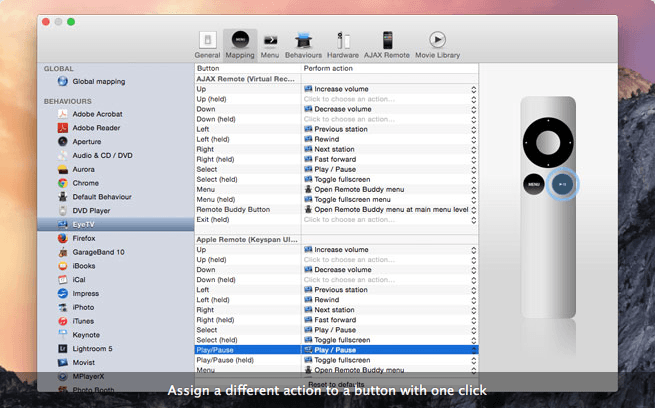SDelete v2.02 • • 6 minutes to read • Contributors • • • • In this article By Mark Russinovich Published: December 11, 2018 (221 KB) Introduction One feature of Windows NT/2000's (Win2K) C2-compliance is that it implements object reuse protection. This means that when an application allocates file space or virtual memory it is unable to view data that was previously stored in the resources Windows NT/2K allocates for it. Windows NT zero-fills memory and zeroes the sectors on disk where a file is placed before it presents either type of resource to an application. However, object reuse does not dictate that the space that a file occupies before it is deleted be zeroed. This is because Windows NT/2K is designed with the assumption that the operating system controls access to system resources. However, when the operating system is not active it is possible to use raw disk editors and recovery tools to view and recover data that the operating system has deallocated. Even when you encrypt files with Win2K's Encrypting File System (EFS), a file's original unencrypted file data is left on the disk after a new encrypted version of the file is created.

The only way to ensure that deleted files, as well as files that you encrypt with EFS, are safe from recovery is to use a secure delete application. Secure delete applications overwrite a deleted file's on-disk data using techiques that are shown to make disk data unrecoverable, even using recovery technology that can read patterns in magnetic media that reveal weakly deleted files. SDelete (Secure Delete) is such an application.
Full Version Software Free Download with Crack Patch Serial Key Keygen Activation Code License Key Activators Product Key Windows Activators and more. Latest Update December 12th, 2018 6:11 PM Latest News.
You can use SDelete both to securely delete existing files, as well as to securely erase any file data that exists in the unallocated portions of a disk (including files that you have already deleted or encrypted). SDelete implements the Department of Defense clearing and sanitizing standard DOD 5220.22-M, to give you confidence that once deleted with SDelete, your file data is gone forever. Note that SDelete securely deletes file data, but not file names located in free disk space. Using SDelete SDelete is a command line utility that takes a number of options. In any given use, it allows you to delete one or more files and/or directories, or to cleanse the free space on a logical disk. SDelete accepts wild card characters as part of the directory or file specifier. Usage: sdelete [-p passes] [-s] [-q].
Sdelete [-p passes] [-z -c] [drive letter]. Parameter Description -a Remove Read-Only attribute. -c Clean free space. -p passes Specifies number of overwrite passes (default is 1). -q Don't print errors (Quiet). -s or -r Recurse subdirectories.

-z Zero free space (good for virtual disk optimization). How SDelete Works Securely deleting a file that has no special attributes is relatively straight-forward: the secure delete program simply overwrites the file with the secure delete pattern. What is more tricky is securely deleting Windows NT/2K compressed, encrypted and sparse files, and securely cleansing disk free spaces.
Compressed, encrypted and sparse are managed by NTFS in 16-cluster blocks. If a program writes to an existing portion of such a file NTFS allocates new space on the disk to store the new data and after the new data has been written, deallocates the clusters previously occupied by the file. NTFS takes this conservative approach for reasons related to data integrity, and in the case of compressed and sparse files, in case a new allocation is larger than what exists (the new compressed data is bigger than the old compressed data).
Thus, overwriting such a file will not succeed in deleting the file's contents from the disk. To handle these types of files SDelete relies on the defragmentation API. Call the band kaash mp3 download. Using the defragmentation API, SDelete can determine precisely which clusters on a disk are occupied by data belonging to compressed, sparse and encrypted files. Once SDelete knows which clusters contain the file's data, it can open the disk for raw access and overwrite those clusters. Cleaning free space presents another challenge. Since FAT and NTFS provide no means for an application to directly address free space, SDelete has one of two options.